Build-A-Rig Round 2: SilverStone and Crucial Interviews and $800 Back-To-School PCs
by Ian Cutress on October 13, 2015 8:00 AM EST- Posted in
- Build-A-Rig
- Crucial
- SilverStone
- Interview
Crucial’s ‘Ballistix Bantam’
The build from Jeremy takes a slightly different line to that from Tony. The best thing about Build-A-Rig is the differing styles of build philosophy and this is a prime example. Here the portability and GPU power is decreased as well as removing the overclockability. But in exchange there is a beefier i3 processor, double the solid state storage, a DVD drive and a larger power supply. It’s going to be an interesting comparison for sure. Jeremy's build also comes in at $20 or so cheaper than the SilverStone build, by virtue of adjustments in pricing and our rules about a 3% leeway based on how prices are adjusted.
| Crucial's Ballistix Bantam | |||
| Component | Selection | Price as Chosen |
90-Day Average |
| Processor (CPU) | Intel Core i3-4170 (2C/4T, 3.7 GHz) | $124.99 | $124.82 |
| Motherboard | GIGABYTE GA-B85N Phoenix-WiFi | $84.99 | $84.99 |
| Graphics Cards (GPU) | EVGA GeForce GTX 950 | $159.99 | $159.99 |
| Memory (DRAM) | Crucial Ballistix Tactical Tracer 2x4GB DDR3-1600 C8 |
$47.99 | $48.92 |
| Storage (SSD) | Crucial MX200 mSATA 250GB | $94.99 | $94.99 |
| Storage (HDD) | Seagate Barracuda 1TB 7200RPM | $50.99 | $49.81 |
| Power Supply (PSU) | Thermaltake TR2 600W | $54.99 | $55.05 |
| Chassis | Thermaltake Core V1 Extreme Cube | $49.99 | $49.99 |
| CPU Cooling | None | - | - |
| Operating System | Microsoft Windows 8.1 64-bit OEM | $99.99 | $99.99 |
| Extras | LG USB 2.0 Portable DVDRW | $24.99 | $24.99 |
| Total | $793.90 | $793.54 | |
Processor – Intel Core i3-4170 ($125)
For almost double the Pentium in the other build, Jeremy has equipped the Ballistix Bantam with a 3.7 GHz Core i3 processor, giving two cores and four threads. This is the most powerful 3MB cache edition of the i3 set, before it costs another $25 to the 4MB cache versions. While not overclockable, this 54W model should be sufficient for more multitasking in a compute laden scenario.
Motherboard – GIGABYTE B85N Phoenix-WIFI ($85)
The B85 line of motherboards is more oriented to the cheaper end of the spectrum and the business lines, although this orange motherboard from GIGABYTE sports 2x2 802.11ac WiFi, multiple video outputs, specialized USB audio ports and the usual host of storage options.
Graphics Cards – EVGA GeForce GTX 950 2GB ($160)
As mentioned at the start of this page, this build gets a lower range graphics card in the form of the GTX 950, but Jeremy has chosen one of EVGA’s overclocked models. EVGA has a cult-like following, priding itself in their returns policy and customer interaction through forums. The GTX 950 will have plenty of power for eSports titles and online gameplay, although for big studio releases the visual effects will need to be curtailed. For users who do not game, this will be perfectly sufficient for any GPU accelerated tasks that might be needed.
Memory – Crucial Ballistix Tactical Tracer 8GB (2x4GB) DDR3-1600 C8 ($48)
The Tracer modules from Crucial integrate some LEDs into the top band, allowing users to show off their system with the Thermaltake case also chosen in the build. Similar to the other build here we get that 8GB sweet spot for the $800 budget, although Jeremy has stretched it to the modules with a CAS Latency of 8. This might have some effect on memory sensitive workloads (think compression algorithms), or it might not be noticeable, but it is a welcome addition.
Storage – Crucial MX200 mSATA 250GB ($95)
Because Jeremy chose the B85 platform, unfortunately there are no M.2 slots here to use, but there is an mSATA. As a result, rather than choose a 2.5-inch SSD for the operating system drive, we get Crucial’s 250GB mSATA MX200 drive. These perform similarly to the bigger 2.5-inch models, which we reviewed earlier this year. With 250GB, this gives more room to install vital software for fast loading times, but is obviously chosen in favor of other beefier components.
Storage – Seagate Barracuda 3.5-inch 1TB 7200RPM HDD ($51)
Similarly to the other build, a 1TB drive is chosen to increase the total storage capacity. Here we have the Seagate Barracuda line which is often in the lower price ranges for their capacity. Typically these drives are good in a single or dual drive system and have been continually dropping in price over the past couple of years.
Power Supply – Thermaltake TR2 600W Power Supply ($55)
The TR2 from Thermaltake is a monster power supply for the system, rated at 600W with a dual rail design and a five year warranty. Interestingly Thermaltake hasn’t put this in as part of the 80PLUS power supply rating scheme, but the five year warranty covers any issues and as a unit it should fit in with the Thermaltake case selected.
Chassis – Thermaltake Core V1 Extreme Mini-ITX Cube ($50)
We first saw the Core V1 design at Computex, where the product manager gave us a good story about the road to a $50 mini-ITX case that was both small but could also be customized, shown off, provide good airflow and support water cooling. There are plenty of ventilation holes and the top of the chassis provides a transparent Perspex plate in order to look into the system.
CPU Cooling – None/Stock
In an interesting move, Jeremy went with keeping the stock cooler in this design. His reasoning is sound – this is a 54W power supply in a chassis with plenty of ventilation and this saves anywhere from $20-$40 to spend on other components. A number of users might point to something as simple as an EVO 212 instead of the DVD drive Jeremy has chosen, but that’s what is great about this contest: everyone will have different ideas.
Operating System – Microsoft Windows 8.1 64-bit OEM ($100)
Another twist is the choice of operating system. Jeremy chose Windows 8.1 under the guise of choice; users can either keep Windows 8.1 if they prefer it over Windows 10, or for the first few months decide to upgrade to the full license.
Extras – LG USB 2.0 Portable DVDRW ($25)
Perhaps because it might be needed to install the OS, Jeremy also went with a DVD rewriter in case a user might have some old software or films on DVD that they would like to use. As mentioned in the review, Jeremy himself has a large back-catalogue of software and games and so for him (or his son) having access to a DVD drive is part of the equation in a build.
Overall Build
| Crucial's Ballistix Bantam | |||
| Component | Selection | Price as Chosen |
90-Day Average |
| Processor (CPU) | Intel Core i3-4170 (2C/4T, 3.7 GHz) | $124.99 | $124.82 |
| Motherboard | GIGABYTE GA-B85N Phoenix-WiFi | $84.99 | $84.99 |
| Graphics Cards (GPU) | EVGA GeForce GTX 950 | $159.99 | $159.99 |
| Memory (DRAM) | Crucial Ballistix Tactical Tracer 2x4GB DDR3-1600 C8 |
$47.99 | $48.92 |
| Storage (SSD) | Crucial MX200 mSATA 250GB | $94.99 | $94.99 |
| Storage (HDD) | Seagate Barracuda 1TB 7200RPM | $50.99 | $49.81 |
| Power Supply (PSU) | Thermaltake TR2 600W | $54.99 | $55.05 |
| Chassis | Thermaltake Core V1 Extreme Cube | $49.99 | $49.99 |
| CPU Cooling | None | - | - |
| Operating System | Microsoft Windows 8.1 64-bit OEM | $99.99 | $99.99 |
| Extras | LG USB 2.0 Portable DVDRW | $24.99 | $24.99 |
| Total | $793.90 | $793.54 | |
As with both builds, there are choices that I (as Ian, the writer) agree with and others that might be a bit questionable. Jeremy has certainly been a little esoteric from what I would have gone with, especially in the CPU cooling and OS department, but the storage size is sound and I like the fact that he’s gone for an i3 here. The GTX 950 has room to upgrade in the future, but the DRAM (when the LEDs are on) should shine directly though the case. The Ballistix Bantam build here is still portable as a cube, although that’s a segment that Tony from SilverStone clearly wanted to spend money on for the Mighty Milo.


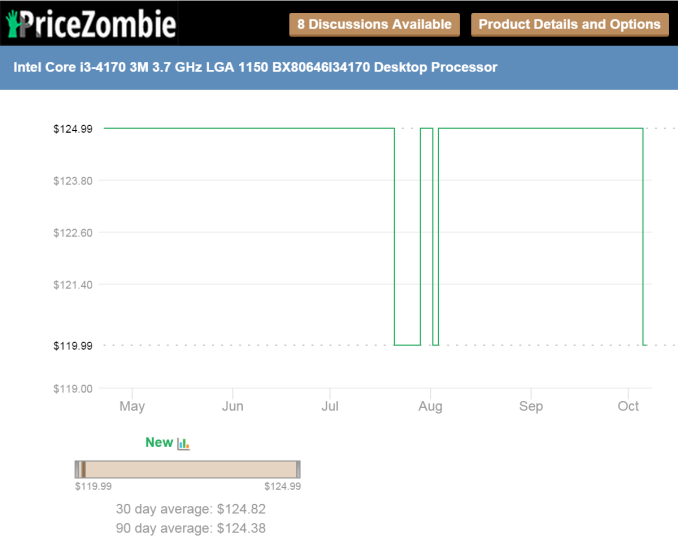
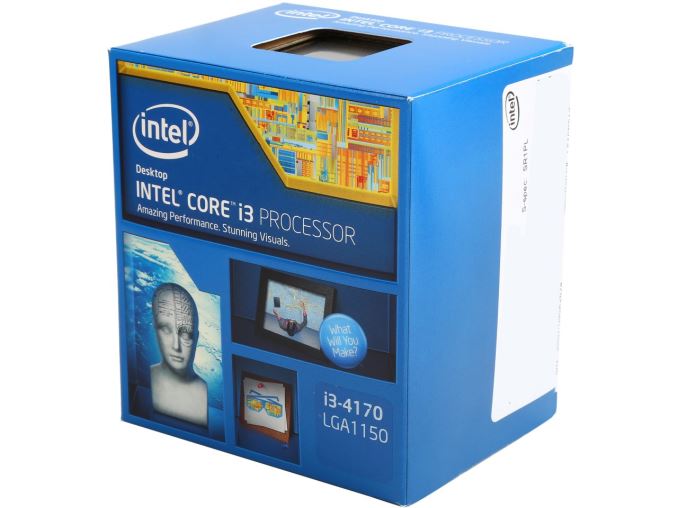
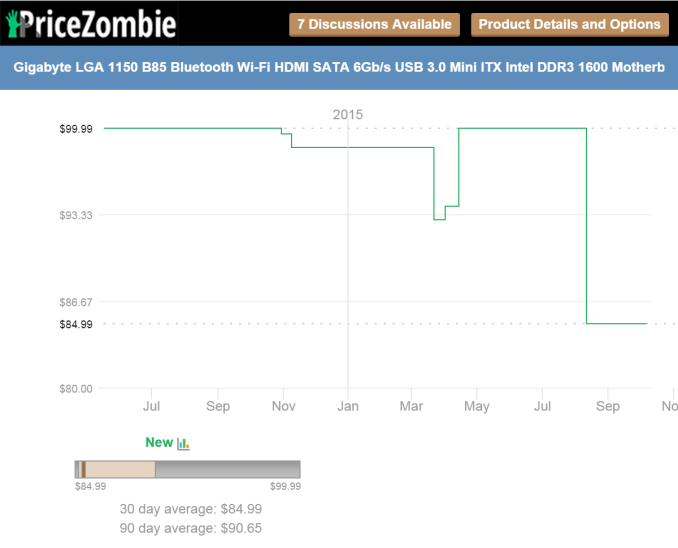
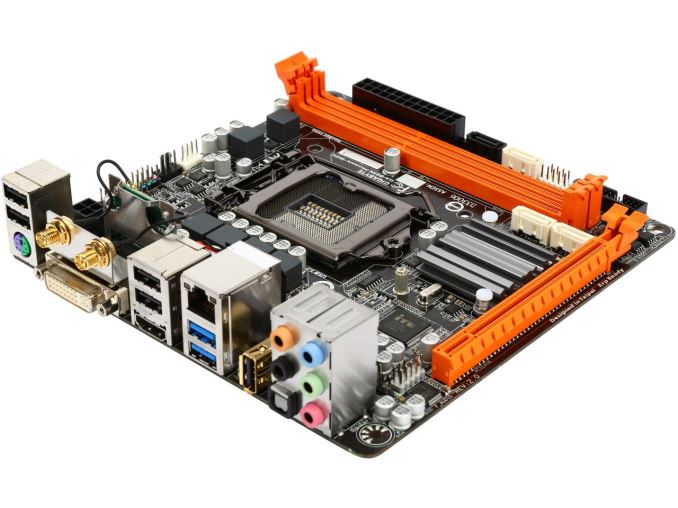
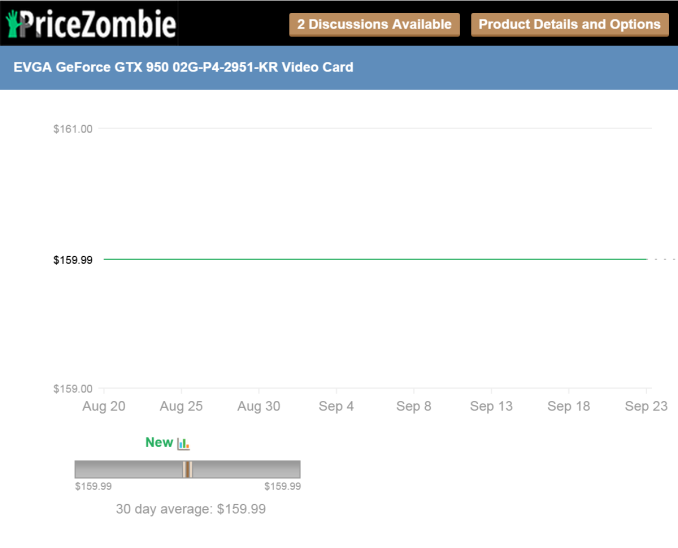

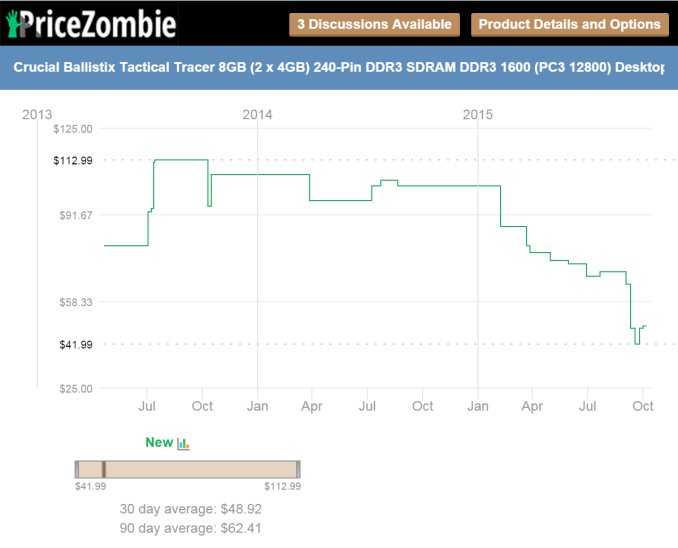
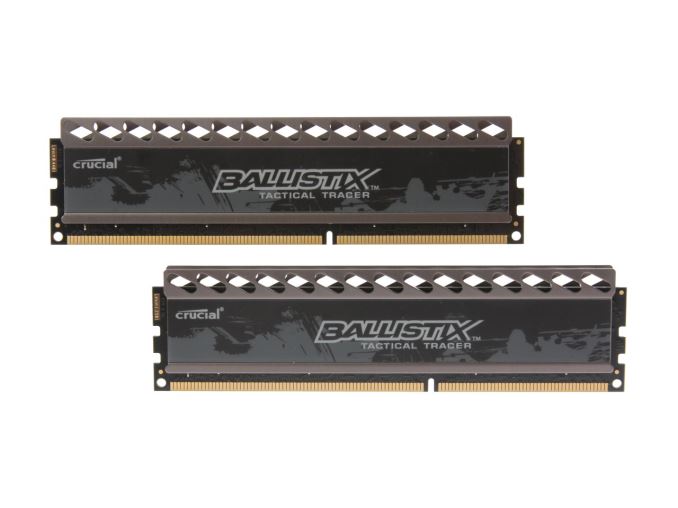
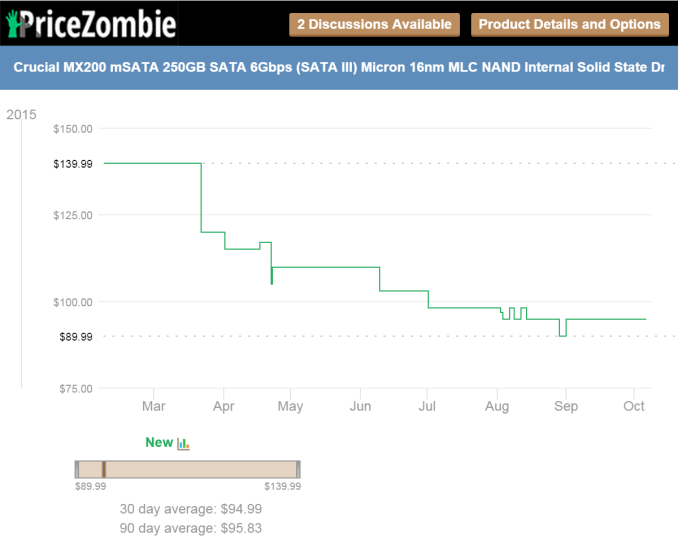
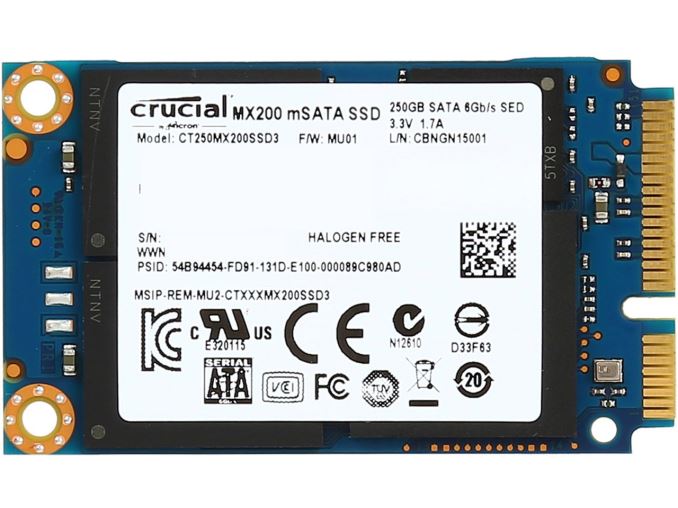
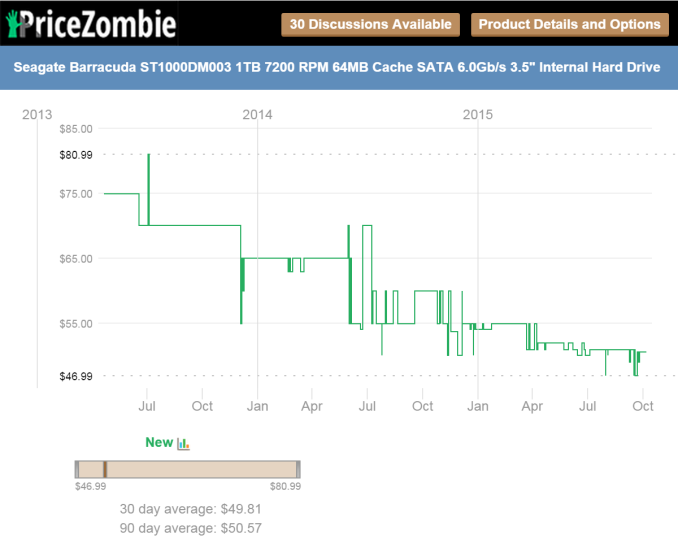
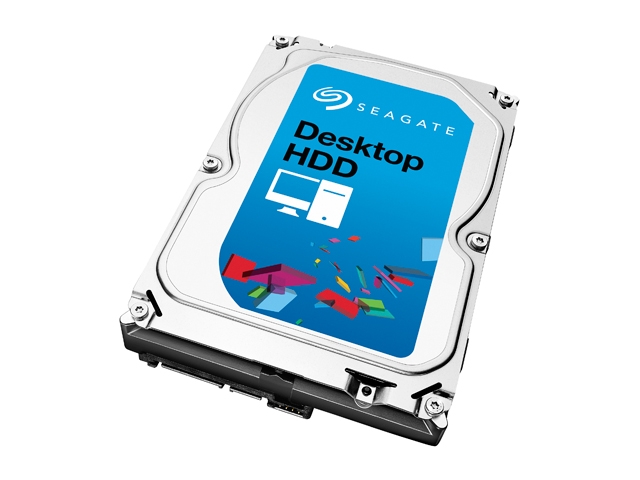

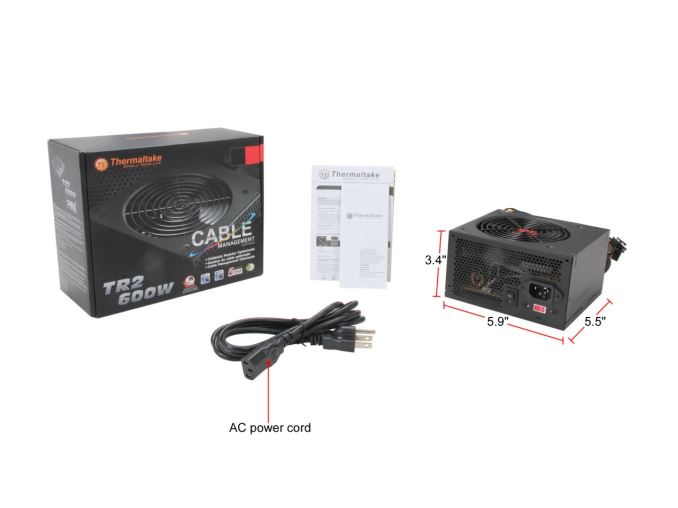
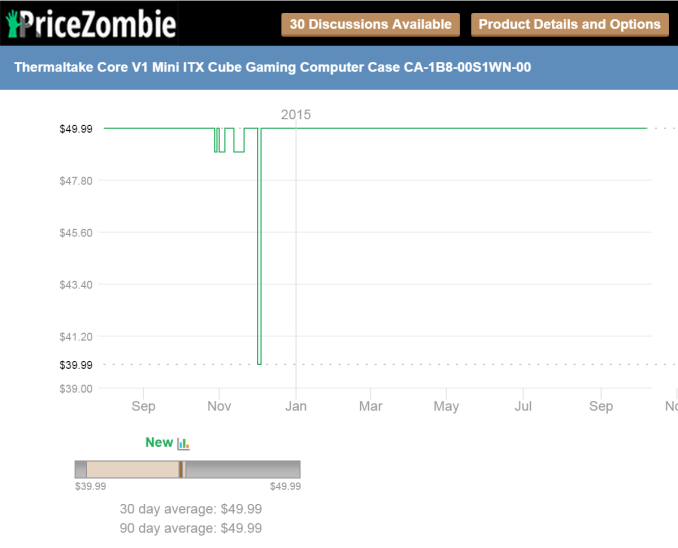

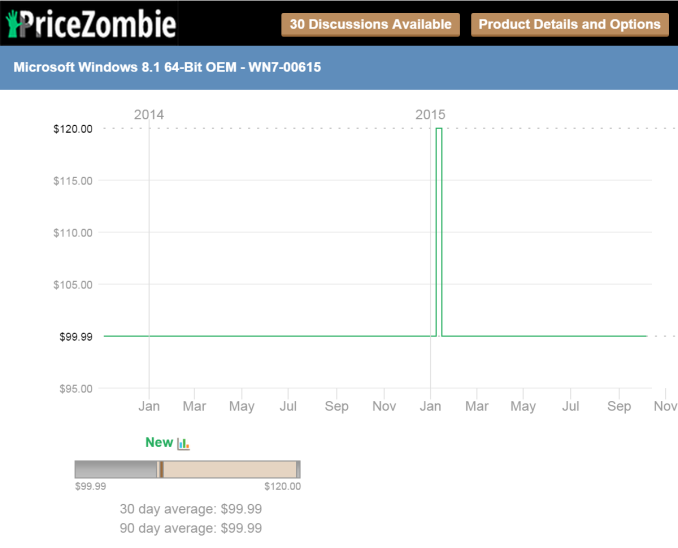
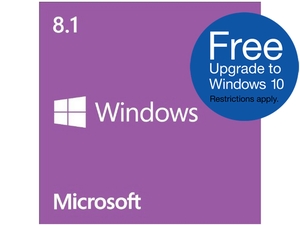
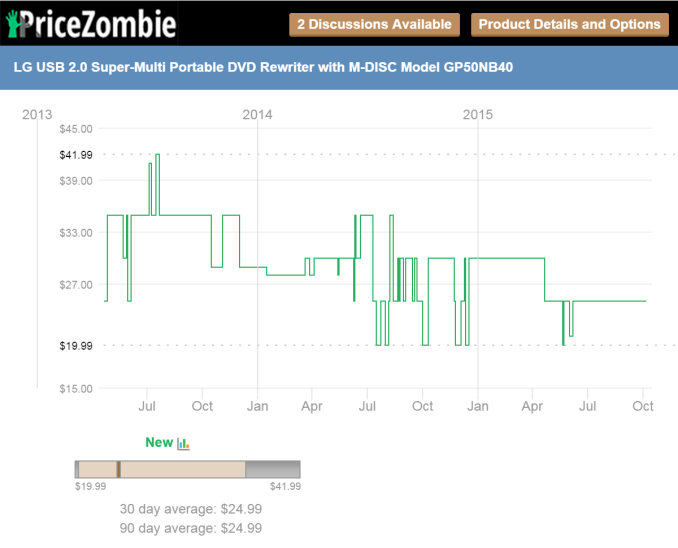
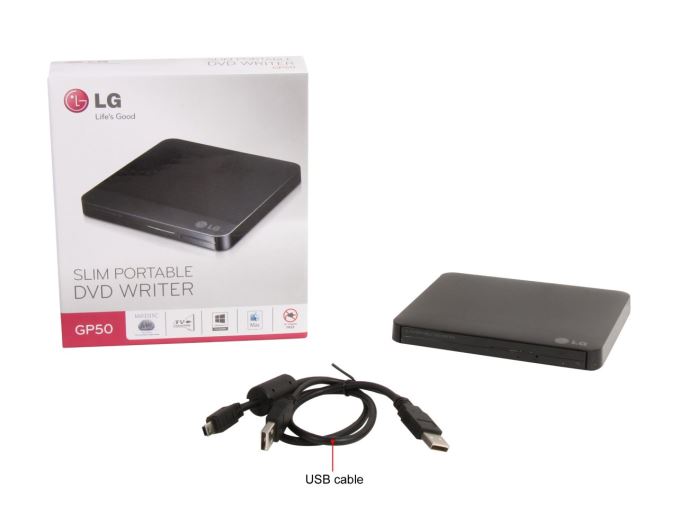








93 Comments
View All Comments
zero2dash - Wednesday, October 14, 2015 - link
He didn't need to buy the SS CPU cooler, that's for sure. Plenty of people have OC'd 4.2 with the stock cooler (myself included). Temps don't go above low-60's while stress testing. Sure, a smaller case would maybe be a few degrees warmer, but not enough to necessitate buying aftermarket cooling. You can also OC on boards back to the H81 which are dirt cheap at this point and could have saved a few more bucks as well.My issue/question (again) is whether or not the Intel microcode update disables OC'ing or not on the board. My board (H97 Performance), ASRock released a bios update because of the MC update, but that bios update removes the ability to OC. The workaround (instead of updating the bios) is to rename the Intel MC DLL file in Win10 (or refuse the MC update in Win7) and you're fine.
The0ne - Tuesday, October 13, 2015 - link
Using parts picker, I wonder what the cost differences are vs Newegg. Of course I'm expected to be ban from having said this of Anandtech.DanNeely - Tuesday, October 13, 2015 - link
What?!?!Batmeat - Tuesday, October 13, 2015 - link
Not sure what you mean??? Both builds are required to be built with components readily available on Newegg.The0ne - Tuesday, October 13, 2015 - link
From the readership there will be some people that will build what is recommended. That means shopping at Newegg and nowhere else. Unfortunate.The comment was a cynical, sarcastic joke of Anandtech's relationship with Newegg. Money runs deep so marketing is everything for Newegg. I be careful and wary if I were you. Their hotdeals forum is a fine example or being bought out. Have fun!
Batmeat - Tuesday, October 13, 2015 - link
Ahhhh. Gotcha. You're right though, Newegg isn't always the best deal and spending a little extra time perusing other retails one can easily save a healthy chunk of change.gamer1000k - Tuesday, October 13, 2015 - link
I like the Crucial build better, for a back to school PC having something well rounded is more important than all-out gaming performance. Also, in my experience I rarely upgrade a computer after building it so I would rather build a solid system I can use for a few years (and then sell it or use it as a secondary PC) and then build an entirely new system.There's still a few parts I would change out though. An entry level 960 is only $20 more than the 950, and the 600W PSU is overkill for the system so I would drop down to a 450W PSU and bump the GPU up to a 960.
Fiernaq - Tuesday, October 13, 2015 - link
Are downgrade rights only available for the Pro editions of Windows? It's been a while since I've installed a Home edition but if they are available then you might as well purchase 10 because you'll be able to install as 10, 8, or 7. All I could find on MS was downgrade rights for Pro: http://www.microsoft.com/OEM/en/licensing/sblicens...I am curious to know if the G3258 would bottleneck the SilverStone rig to the point where upgrading the GPU wouldn't benefit the system very much. If it doesn't then I would probably pick that one although possibly with a few minor tweaks such as dropping the HDD in favor of a larger 850 Evo. If it does bottleneck upgrades then I would take the Crucial system and modify it based on the assumption that I would be adding parts within a year.
Ryan Smith - Wednesday, October 14, 2015 - link
"Are downgrade rights only available for the Pro editions of Windows?"Yes. It's a Pro-only right.
Penti - Thursday, October 15, 2015 - link
Also end users buying Pro-licenses won't be able to downgrade, you need volume license for that or an OEM that provides you with media/key.